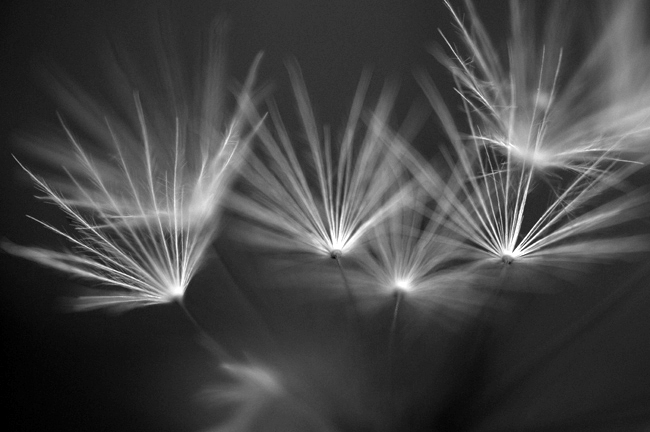I wrote this back in August 2007
Its a numbers game and you can't fight capitalism, supply and demand economics. The more similar products that businesses sell the less a business can charge for those products, unless the business shows the consumer something special and valuable in his product. Lets look at this from another perspective and see why I am not as enthused as I once was about the future prospects of the Independent Photographer. Lets look at the Stock Industry and the increase of imagery and the decrease in pricing.
Clip sealed our fate and ever cheaper clip only exploited the Manifest Destiny of images on the web. Photos along with videos are the perfect eye candy that propelled the internet into our homes and business. At the same time this was happening for good or bad we had a monumental shift in businesses exploiting the middle class ( in the photography world this middle class was the Independent Photographer that was the Stock Industries backbone) and its every increasing drive to cut costs and increase shareholders profits.
What was our main bargaining chip when it came to getting a better contract and respect and fair commissions from our agencies? Our images and how could they undermine this. They could promote RF over RM and focus on its simplicity and cost effectiveness on the web namely no overhead, clients/consumers could use their credit cards for purchases badda bing badda boom. They offered subscription fees to access a larger amount of clip imagery. They could lower the price of RM giving bulk deals to big clients and undermine the rights managed aspects of the usage by allowing 5 -10 year usage contracts. They could introduce new licensing models that began to look alot like RF usage rights granted. They added other companies imagery on their site to compete directly with their own photographers, they bought up business and put those on the site as well. They hired photographers to shoot for them, thus creating wholly owned imagery and on and on we all know the story the point is that they destroyed our bargaining chip even before micro-sites became a blip on the radar. Coupled with this every increasing amount of imagery being produced business big and small were as I stated above looking for a way to cut costs. They were looking for bargains and were telling their art buyers to wring out a few more dollars in profit by buying cheaper imagery. Its not that micro-sites are the cause of our income declining its only the biggest manifestation of a trend that began a decade ago. However, the development of micro-sites and the fees they charge for imagery are in fact the ominous creation of the business mentality of cost cutting and micro-sites ( filling the final price point businesses want, cheap and or free) have the biggest detrimental impact on the Independent Photographer's ability to make a decent wage for his/hers efforts in all the years I have been shooting.
But not only does this effect the photographer but the overall industry suffers because as this content grows and the prices drop the perceived value of photography declines to a point where it can not demand higher prices for quality imagery.
An example of this problem in perceived value is the decreasing sales of TRM (Traditional Rights Managed) and TRF (Traditional Royalty Free) imagery. This has hurt the stock prices of Getty and Jupiter Media. Corbis I am sure has the same problem but won't share info on their declining TRM and TRF sales.
Why do you think these agencies are broadening their revenue streams. They have to because of the micro-site effect. Getty is into all sorts of other photo related enterprises including just off the top of my head:
1) Celebrity imagery
2) Digital Management
3) Assignment
4) Rights Clearance
5) Video
6) Trend Papers for sale including Edit Magazine
7) Music
8) Office Space Rentals
9) A new Consumer site called ViewImages
10) Pay to Play Schemes
And I am sure more to follow. Other major distribution Portals are doing the same because they know for a fact TRM and TRF their bread and butter is an endangered species.







